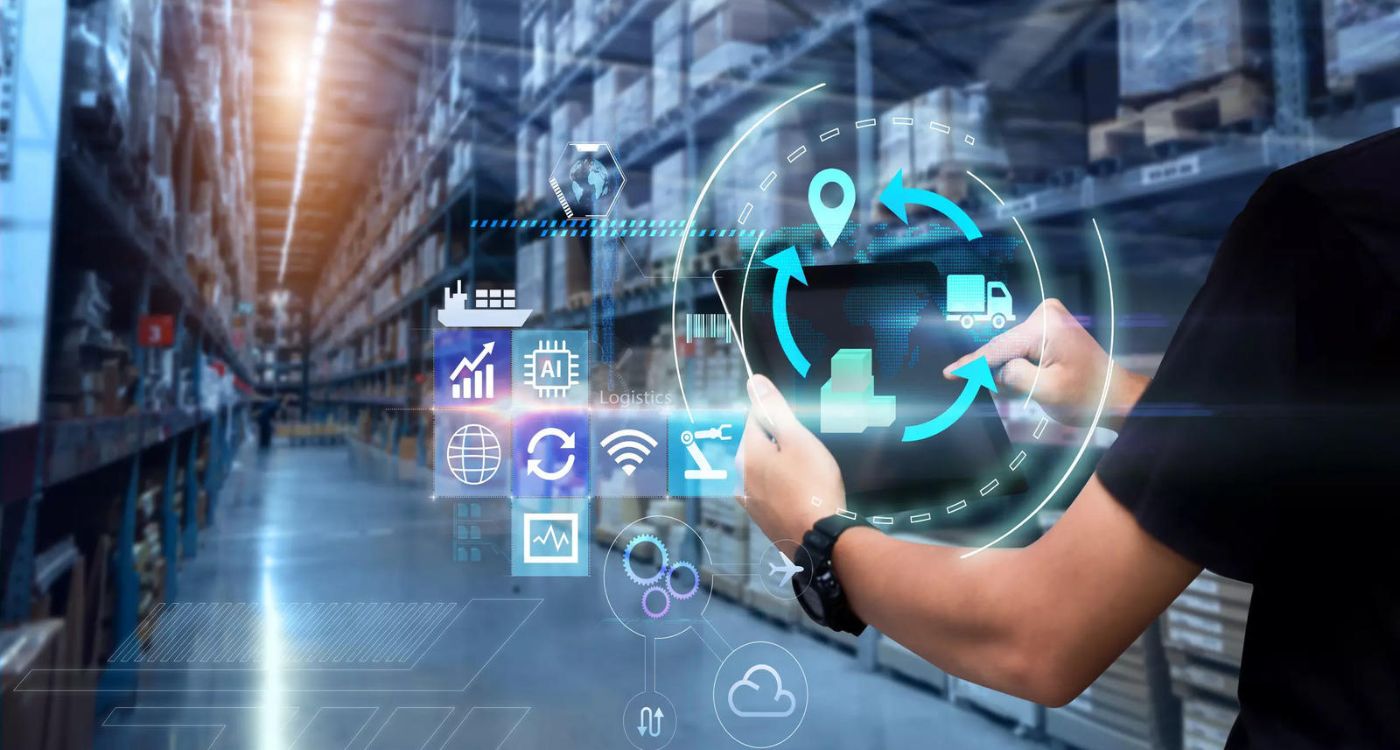
Introduction
As digital marketing continues to evolve, hyper-local marketing has emerged as a key strategy for businesses to connect with their target audiences at a granular level. In 2025, the evolution of hyper-local marketing is driven by technological advancements, data-driven strategies, and changing consumer behaviors. This article explores how hyper-local marketing is evolving in 2025 and what businesses can do to leverage this trend effectively.
1. The Rise of AI and Machine Learning in Hyper-Local Marketing
AI and machine learning algorithms are enhancing hyper-local marketing by analyzing location-based data to deliver personalized content.
– Example: Starbucks uses AI to send personalized offers to customers based on their location and purchase history.
– Stat: According to McKinsey, businesses using AI for hyper-local marketing saw a 30% increase in customer engagement in 2025.
2. Location-Based Mobile Marketing
With the widespread use of smartphones, location-based mobile marketing is becoming more precise and impactful.
– Example: McDonald’s uses geofencing to send app notifications about deals to users near its outlets.
– Stat: 72% of consumers responded to location-based marketing messages in 2025, as reported by Statista.
3. Voice Search Optimization for Local Queries
Voice search is transforming local marketing by enabling users to find nearby businesses quickly.
– Example: Domino’s Pizza optimized its content for voice search, leading to a 25% increase in local orders.
– Stat: 58% of consumers used voice search to find local businesses in 2025, according to Voicebot.ai.
4. Social Media Localization
Social media platforms are integrating more localized features, allowing businesses to target audiences within specific areas.
– Example: Instagram’s local business promotions feature allows SMEs to target users within a 5 km radius.
– Stat: 65% of SMEs increased sales through localized social media campaigns in 2025, as per Hootsuite.
5. Augmented Reality (AR) for Local Engagement
AR technology is enhancing hyper-local marketing by providing interactive experiences to users within specific locations.
– Example: IKEA’s AR app offers localized promotions and in-store navigation.
– Stat: AR-driven local campaigns boosted customer interaction by 40% in 2025, according to Shopify.
6. Hyper-Local SEO and Google My Business Optimization
Hyper-local SEO is essential for businesses to appear in local search results, with Google My Business (GMB) playing a crucial role.
– Example: A local bakery optimized its GMB profile, leading to a 50% increase in foot traffic.
– Stat: 78% of local searches resulted in offline purchases in 2025, according to BrightLocal.
Conclusion
Hyper-local marketing in 2025 is driven by technology, data, and changing consumer expectations. Businesses that embrace AI, location-based strategies, voice search optimization, social media localization, AR, and hyper-local SEO will thrive in the competitive landscape.
Partner with Leo.digital to unlock the potential of hyper-local marketing and drive growth in your business.
